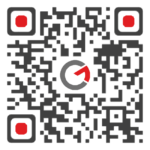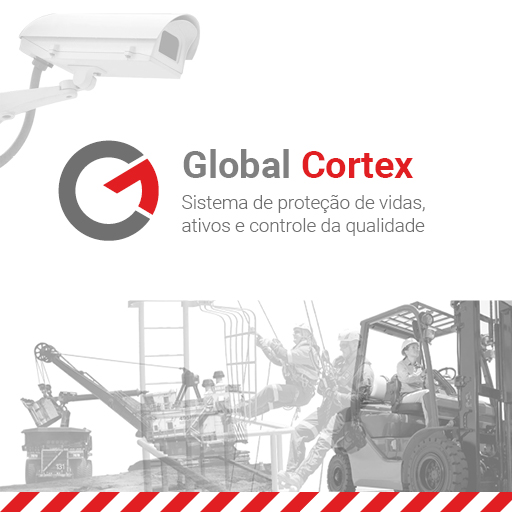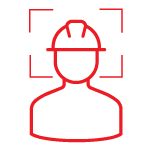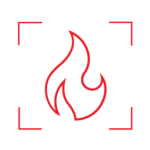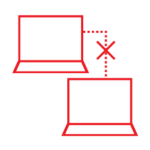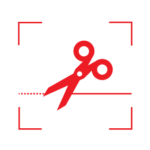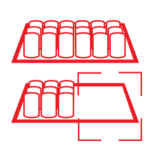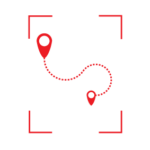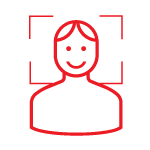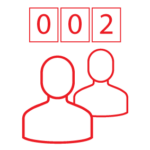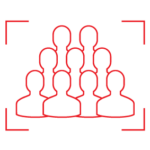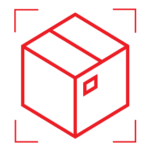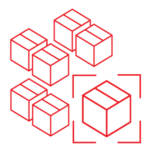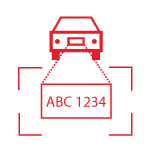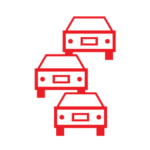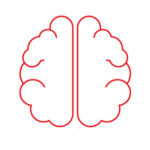Workplace accidents happen onshore and offshore
The working environment in the Brazilian industry is one of the most dangerous in the world.
Brazil ranks 2nd among the G20 countries, in terms of occupational accident fatalities.
From 2002 to 2020, the country recorded a rate of 6 deaths for every 100,000 formal jobs, with 21,467 professionals, as pointed out by the Safety and Health at Work Observatory, prepared by the Labor Public Ministry (MPT) and the International Labor Organization (ILO).
In the historic series from 2012 to 2019, 15% of the accidents were caused by the operation of machinery and equipment.
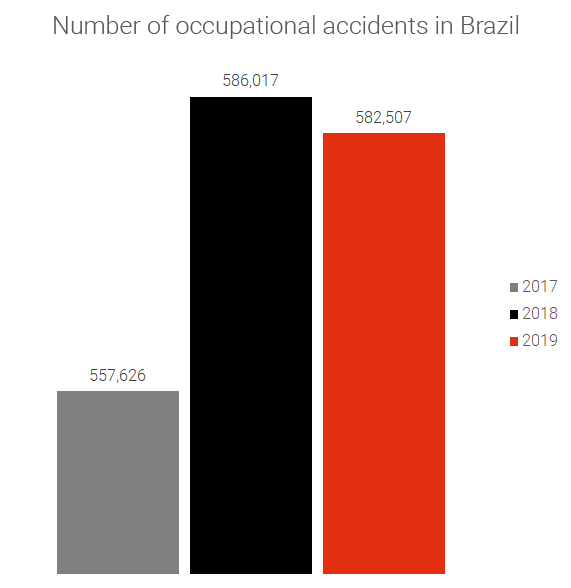
In 2021, 571,800 accidents and 2,487 work-related deaths were reported, a 30% increase wnen compared to 2020.
The data are from the Occupational Safety and Health Observatory, developed and maintained by the Public Ministry of Labor (MPT) in cooperation with the International Labor Organization (ILO) under the SmartLab Decent Work Initiative.
Between 2012 and 2021, 6.2 million Work Accident Communications (CATs) were registered and the INSS granted 2.5 million accident-related social security benefits, including sick pay, disability pensions, death grants, and accident aid. In the same period, the social security expense exceeded R$120 billion only with accidents.
Depending on the severity of the accident, the company is harmed in many ways, whether through the interruption of the workflow, the loss of time, employee morale crushing or by its image in the market, which tends to become negative.
The solution?
Global Cortex is a startup focused on life and asset protection and quality control that uses artificial intelligence, video analytics, and machine learning.
It was developed in response to the market’s need for life protection systems, from the traditional and established to the most complex video management system, which uses artificial intelligence, video analytics and machine learning for the detection, prevention, anticipation and suppression of accidents, in synergy with existing occupational safety systems, in order to match the objectives defined in the client’s goals.
The Global Cortex system processes the images from cameras specifically assigned to this function, covering predetermined areas of industrial vehicle, pedestrian, and asset movements, monitoring safety deviations such as: incorrect use of PPE, unsafe positioning under suspended loads, segregated areas, and obstruction of escape routes.
Once detected, an alert system notifies the vehicle operator and the pedestrian, besides issuing an audiovisual alert, in the form chosen by the client, which can be integrated to the monitoring system, to monitor the alerts issued by the control center through dedicated systems via internet, which can be securely accessed.
How does it work?
From a video survey of the areas, locations, points, machines, equipment, vehicles, assets and pedestrians of most concern, as chosen by the customer, “scenarios” to be monitored are developed.
Then, these scenarios are delimited and the maximum allowed distances, speeds and times are calculated, using the system’s own algorithms, to establish which will be allowed for the tasks to be carried out in a safe manner for the employees and assets, before a collision, collision, or trampling occurs.
Also at this point, the number of additional cameras (when needed) and edge equipment to ensure the perfect functioning of the system, in real time, is specified.
Once this is done, the implementation of the system begins.
Besides avoiding accidents by means of real-time notification, the system also allows data storage and the generation of reports with all the deviations committed.
Its implementation is simple and can be done quickly from the safety parameters already identified or from mapping the area, without the need for large investments in hardware.
Additional modules
